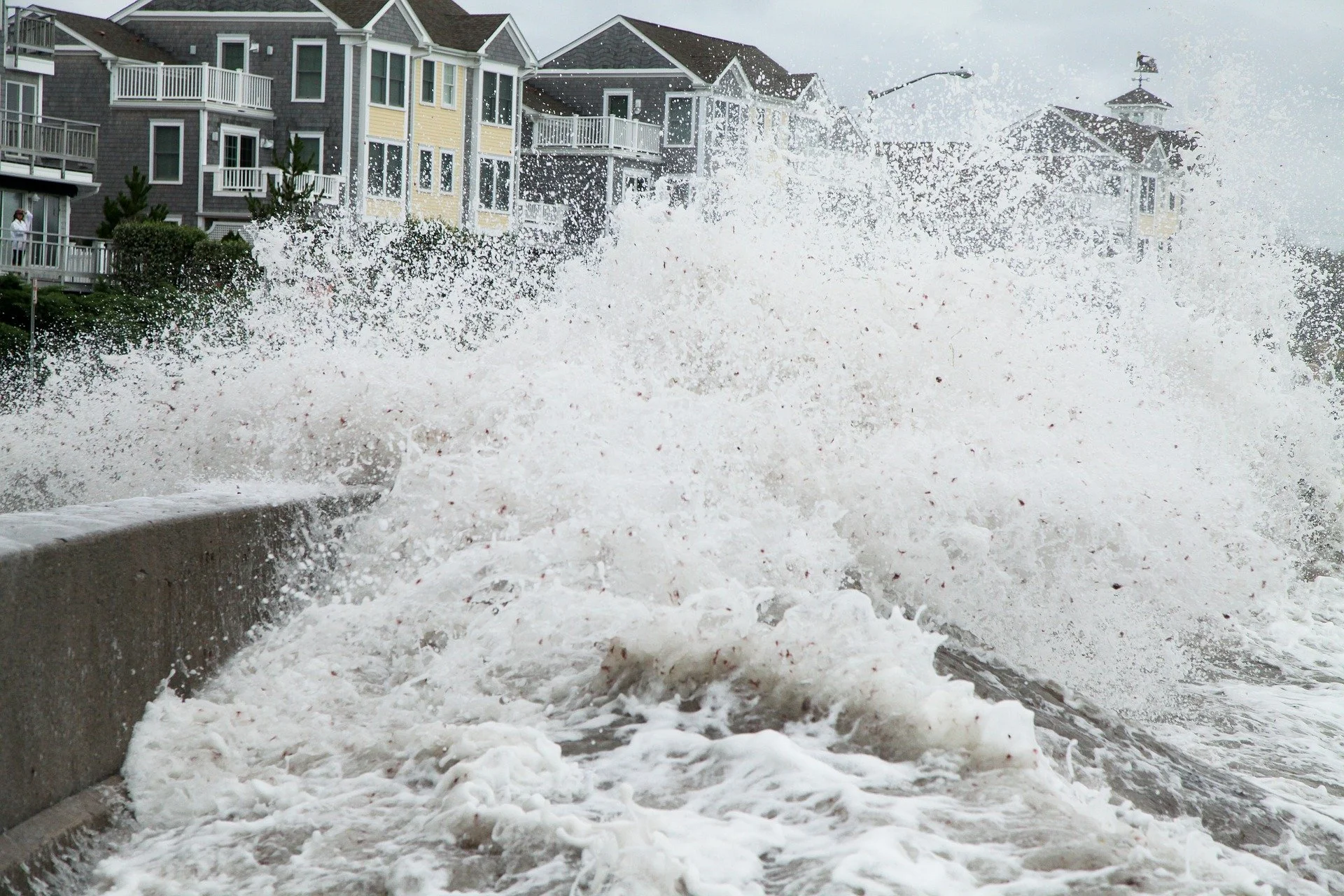Climate concerns: oceans absorb more than 90 percent of excess heat
Otautahi - The oceans, which regulates the global climate by mediating temperature and determining rainfall, droughts and floods, have already absorbed more than 90 percent of excess heat trapped by the rising concentration of greenhouse gases.
While the oceans’ ability to store heat has slowed global warming, this in turn is changing the oceans’ chemistry, which is beginning to impact on New Zealand.
Ocean and coastal communities are being disproportionately impacted by increasing greenhouse gas emissions, the OECD says.
Warming is leading to the melting of inland glaciers and ice, causing rising sea levels with significant impacts on coastal areas such as coastal flooding and erosion, saltwater intrusion, and habitat destruction.
Communities and infrastructure are already under pressure from coastal flooding and erosion.
The planet’s ocean and sea coasts are home to 2.4 billion people, which is about 40 percent of the world’s population. While coastal areas occupy only 20 percent of the global land surface, their population density is three times higher than the global average.
In addition, 75 percent of the largest metropolitan areas lie in coastal areas, and the global population in low-elevation coastal zones, which are within 10 metres above sea level, is projected to reach 1.4 billion by 2060.
As a result, a considerable share of global economic output is generated in coastal areas.
Stretching over 1.6 million kilometres, sea and ocean coastlines cover an extensive territory shared by 85 percent of the world’s countries.
Coastal areas are home to a rich natural environment, hosting over one million marine and terrestrial species, including one-quarter of all marine species.
In addition, coastal ecosystems serve the global community by mitigating climate change. Coastal wetlands, for example, sequester and store significant amounts of carbon.
Altogether, carbon stocks in coastal sediments are estimated to be five times larger than they are in mainland tropical forests. Rapid socio-economic expansion in coastal areas has led to significant environmental degradation that threatens coastal communities.
Building and infrastructure development have contributed to land subsidence and saltwater intrusion in surface water and groundwater.
Sewage, agriculture and other industrial activities have significantly increased water pollution in coastal areas, while natural resource extraction, fishing and energy generation are all associated with ecosystem disturbances and habitat loss.
Since 1900, more than 50 percent of coastal wetlands have been lost and a quarter of coastal zones are eroding at rates of 0.5 metres per year, with some shorelines projected to retreat by several metres in the coming years. Climate change is expected to compound existing vulnerabilities and exacerbate impacts on coastal communities.
In coastal areas, climate change will be felt principally sea-level rise which by the end of the 21st century is expected to be between 40 cm and 75 cm higher and potentially exceeding one metre in certain regions.
This will increase the frequency and intensity of coastal flooding, while accelerating coastal erosion and the retreat of unprotected.
Some parts of New Zealand face the risk of complete submergence. By 2100, sea-level rise-induced floods are projected to affect 360 million people, generating USD 50 trillion in annual losses.
Aotearoa could see increased air and sea temperatures, together with altered precipitation, wave and wind patterns, make storms more intense and more likely to hit the coast.
Increased storm activity along the world’s coasts will increase episodic coastal flooding and accelerate coastal erosion and saltwater intrusion into freshwater aquifers, while contributing to degrading key coastal ecosystems that provide a buffer and protection to the coast.















Lisa was born in Auckland at the start of the 1970s, living in a small campsite community on the North Shore called Browns Bay. She spent a significant part of her life with her grandparents, often hanging out at the beaches. Lisa has many happy memories from those days at Browns Bay beach, where fish were plentiful on the point and the ocean was rich in seaweed. She played in the water for hours, going home totally “sun-kissed.” “An adorable time to grow up,” Lisa tells me.
Lisa enjoyed many sports; she was a keen tennis player and netballer, playing in the top teams for her age right up until the family moved to Wellington. Lisa was fifteen years old, which unfortunately marked the end of her sporting career. Local teams were well established in Wellington, and her attention was drawn elsewhere.